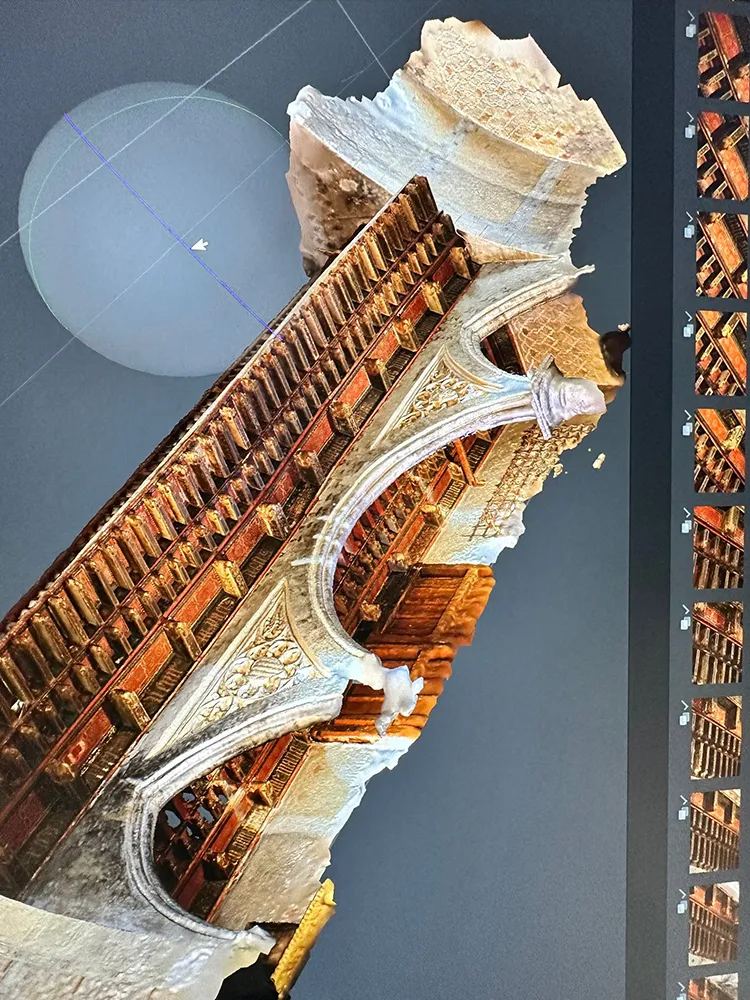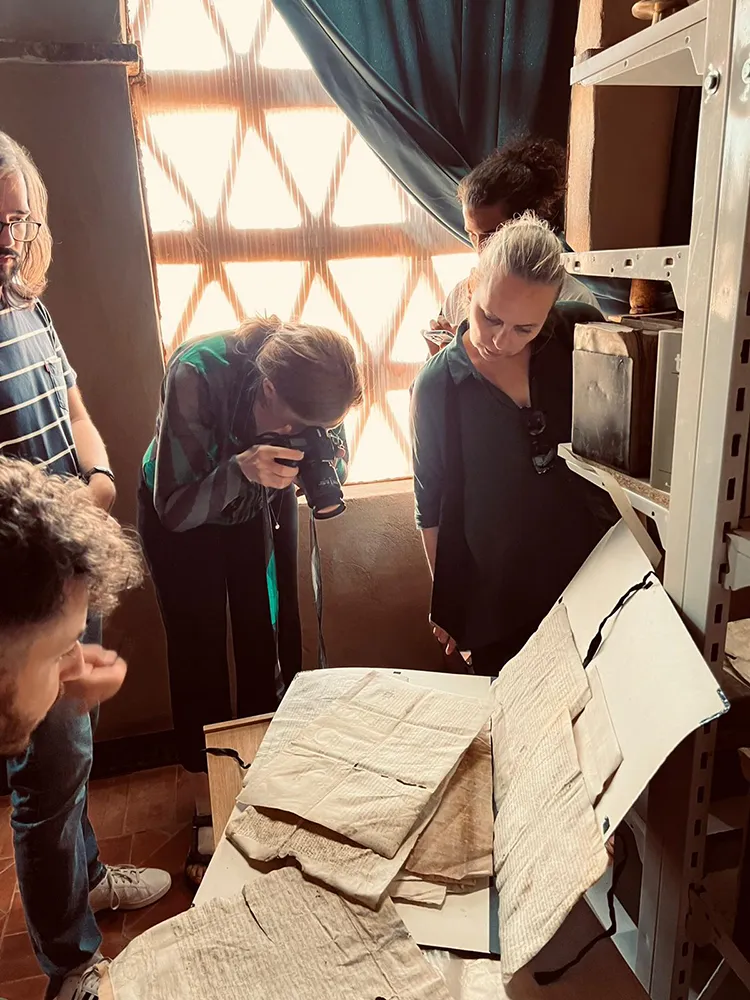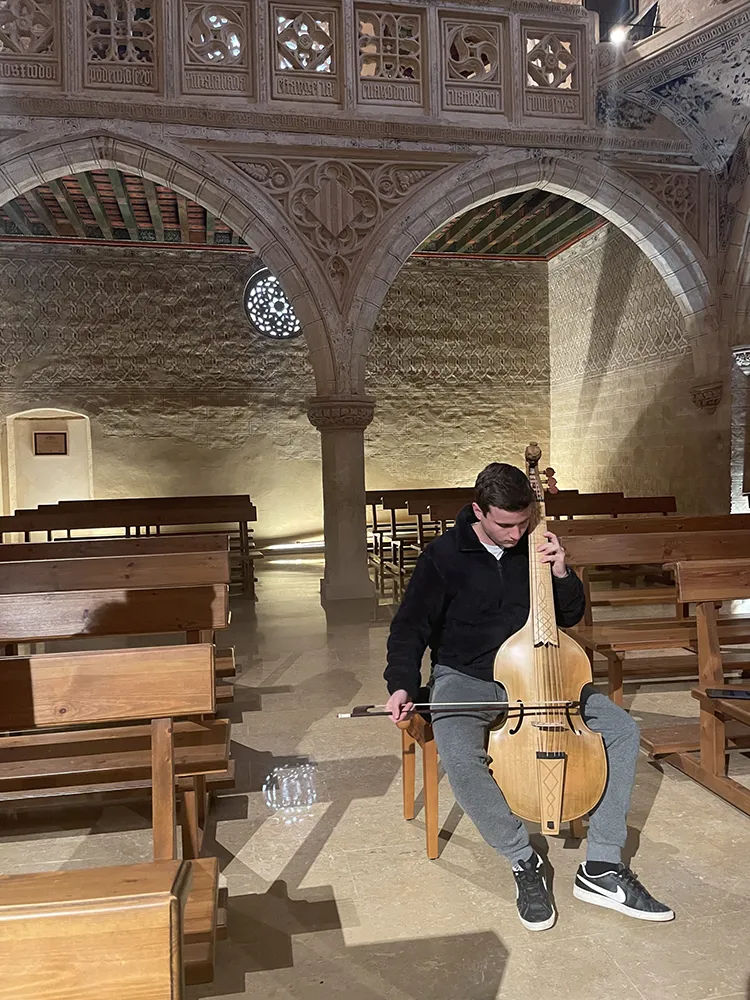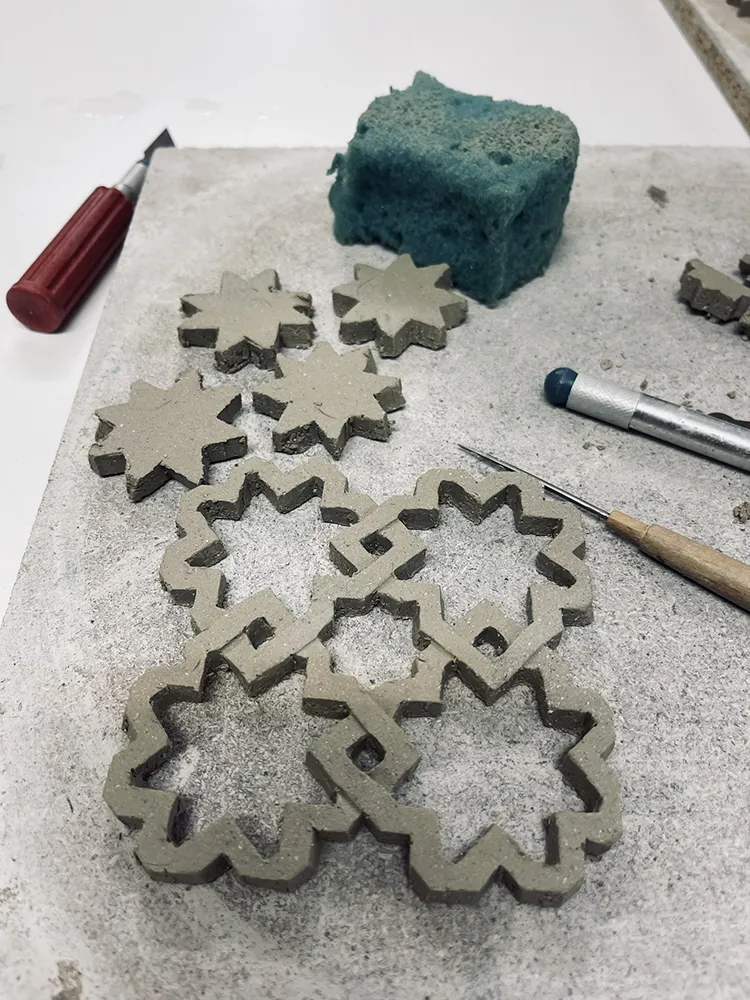Incorporate. On the vulnerable or how to flesh out knowledge.
The project “INCORPORE, de lo vulnerable o de cómo carnalizar el conocimiento”, is based on a dialogue between the body and the Mudejar heritage space, through dance, using different techniques and skills, dance/theatre, performative installation, creative writing, improvisation…
This project encompasses two parts, directly related to its objectives, which are: artistic creation, linked to and inspired by a territory (physical/emotional/imaginary/concrete), and dissemination, through creation, with a danced conference, which reflects the above, and through interaction with local populations, by means of open activities, which complete the research in the territory in order to not only access it as an object to observe, but as a subject with which to interact. To this end, the proposal includes a workshop and two dance walks that enable these relations of exchange of knowledge between people, physical spaces and common places.
In the project, the body becomes an active agent of observation through walks, contemplation, site-specific dance experiments, tasting of typical products, to achieve an approach to the psychology of the landscape, that is, to observe the behaviour of the environment and the processes that occur in it, in relation to what we understand as heritage, and which is identified in the form of monuments, urban layouts, natural environment and intangible culture.
The localities on which the project focused were mainly Calatayud, Daroca and Aniñón.
The work methodology is based on observing the environment to discover the possibilities offered by it, by means of walks, since, as it is a project for the body, it is very important to take the space to the body, to walk it, to walk through it, to draw it, to discover the weavings of the streets, the geographical features, the smells, to see the people who live in or pass through the spaces, to visualise the panoramic views.
She has had an important and constant phase of bodily preparation. In addition to walking, the author’s body was prepared with a series of exercises of different techniques – yoga, pilates, dance – breathing exercises and conscious movement, in order to keep the body open to stimulus and available to creativity.
Once the most suitable spaces for the project had been located, a series of movement practices were carried out in them.
The objectives and expected results of the project were as follows:
- Creation of a series of video clips showing the narratives embroidered during the project, so that they can be a work of artistic dissemination inspired by the territory visited. These clips will form materials that can be projected in different spaces, as an exhibition, as a conference, as an installation, accompanied by panels with photographs and explanatory texts.
- The creation of a performance piece based on all of the above.
LINE OF RESEARCH: New perspectives on Mudejar art.
AUTHOR: Patricia Álvarez











































